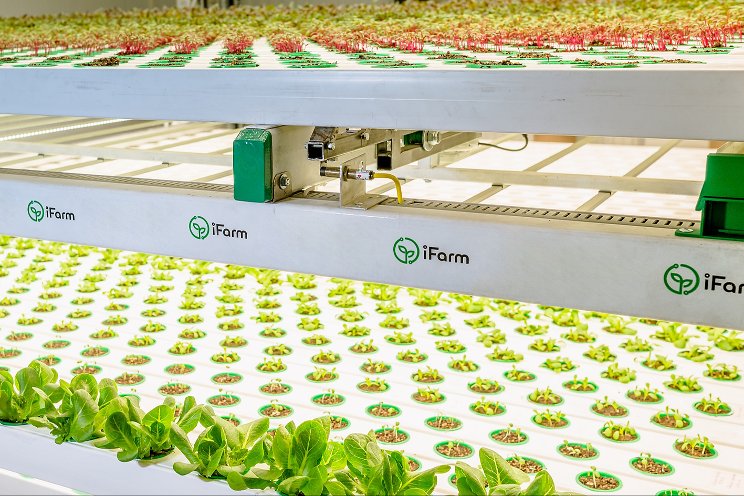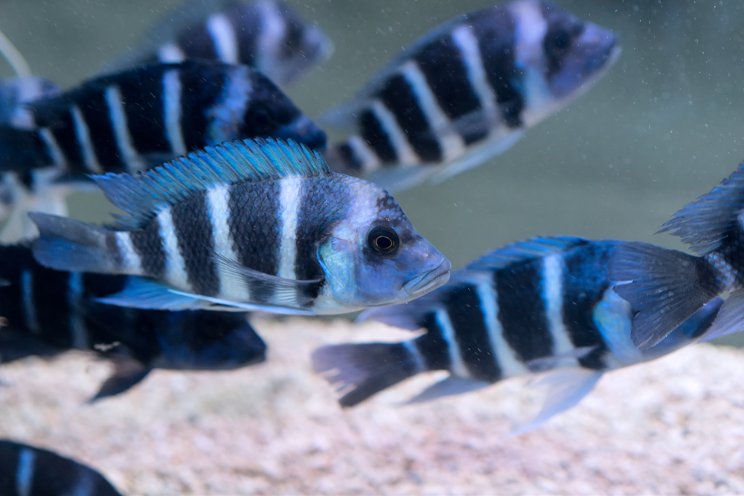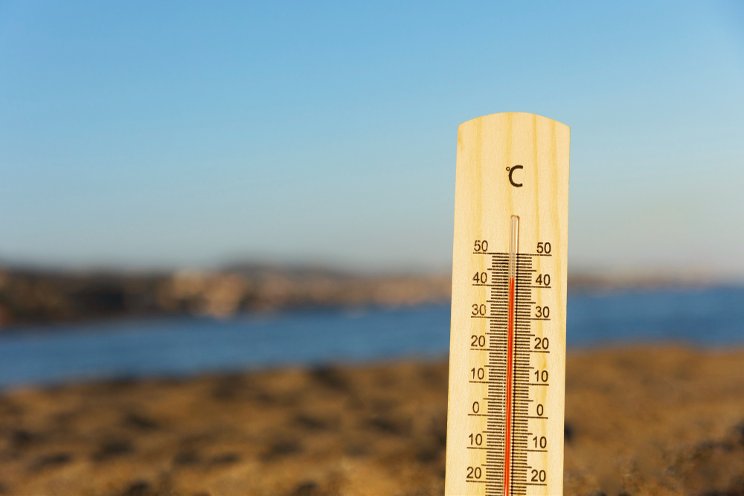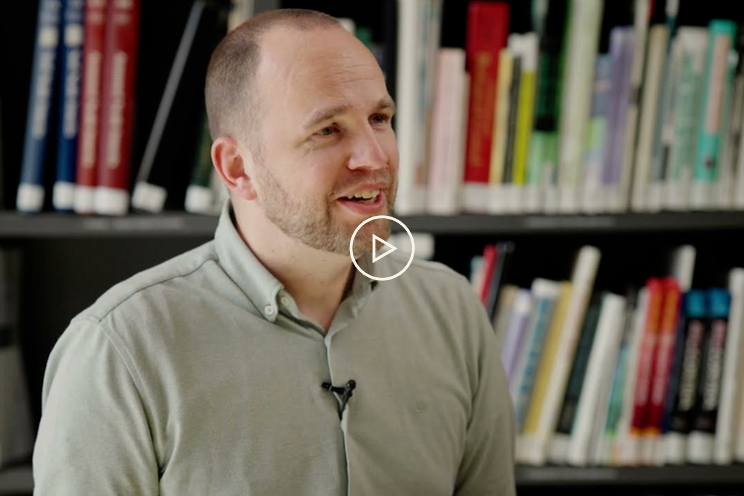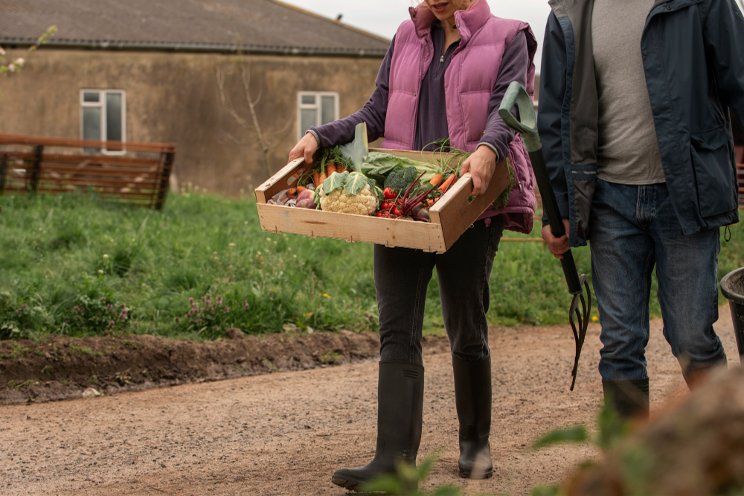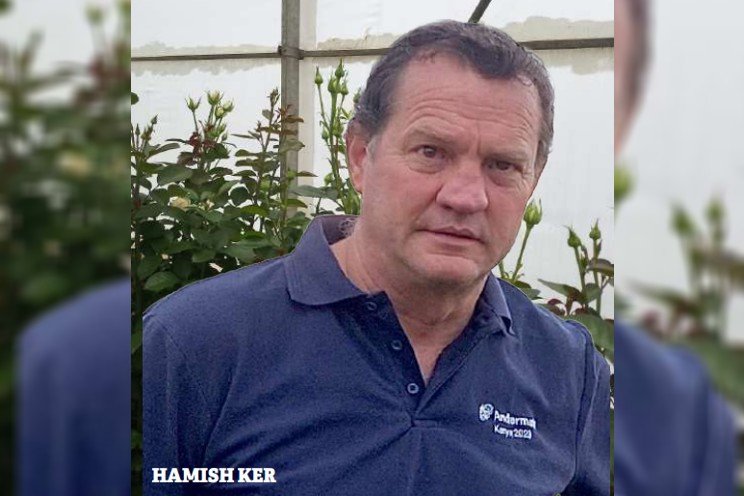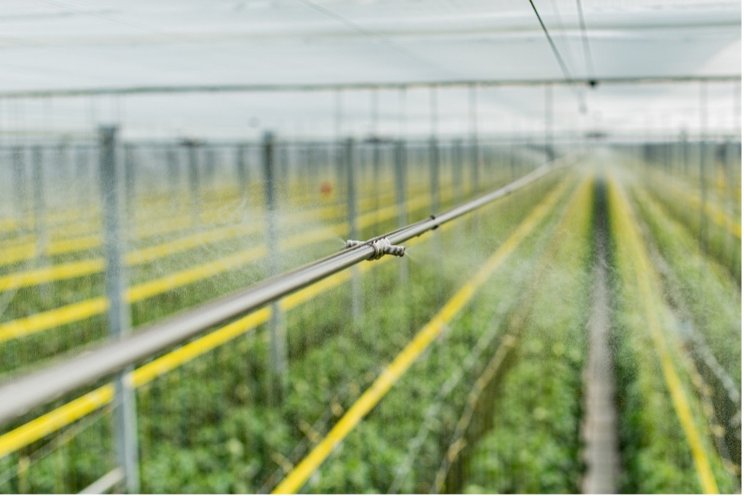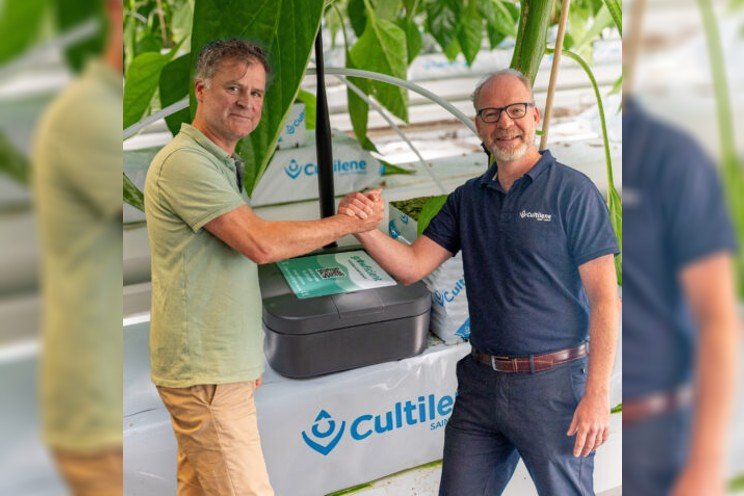How Grodan and Walker solved a waste management
Added on 16 March 2023
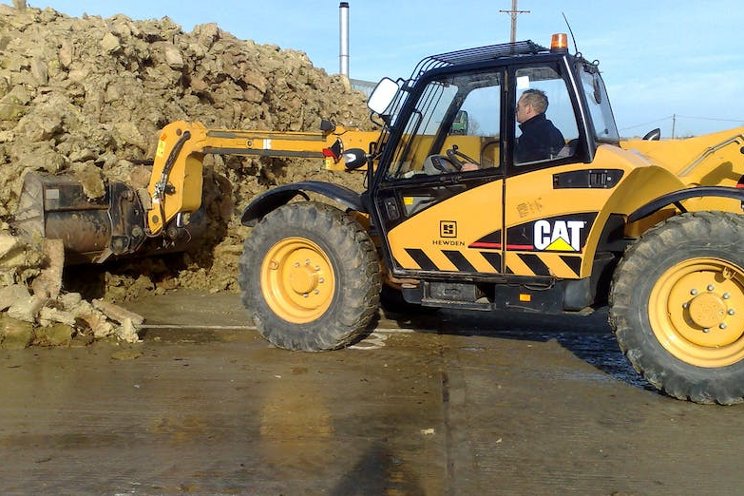
To answer this challenge, Grodan has been in collaboration with the leading agricultural recycler in Canada to provide an automated and advanced stone wool recycling option for growers throughout the province of Ontario. Grodan and Walker Industries have worked together the past five years to help bring an innovative solution to the marketplace.
At Walker’s Alltreat Farms facility, they have developed an automated processing line capable of removing plastic packaging, crushing stone wool blocks and slabs, and decontaminating the material of viruses, bacteria and other residues. Together, we have processed and recycled 10,000 tons of stone wool through Walker Industries’ facilities across Ontario. The end product: a high-grade potting mix sold to retailers for personal and commercial use.
Agriculture Waste Management Challenges
A number of factors present challenges for agricultural recycling, including:
-
Equipment Challenges. Many of the traditional recycling facilities lack the specific equipment required to process and handle plastic film—a common component of various growing media.
-
Transportation of Post-Harvest Materials. There is a logistical cost and challenge to transporting post-harvest materials from often remote and rural locations to the small number of agricultural recycling facilities that exist.
-
Preparing the Media for a Secondary Application. To create a viable product for future use, one has to efficiently break down and sterilize various substrate materials to remove and deactivate chemical inputs and any pathogens present.
Photo Courtesy of Grodan
More news
